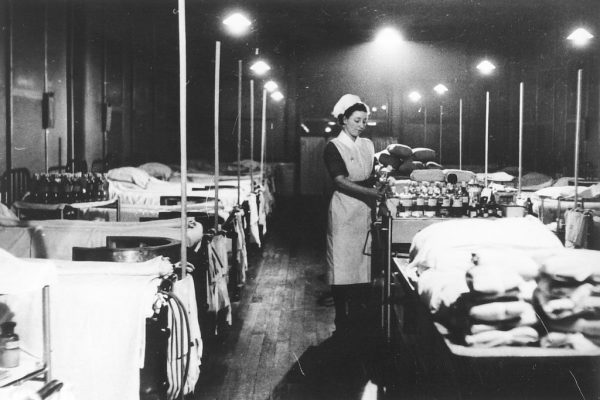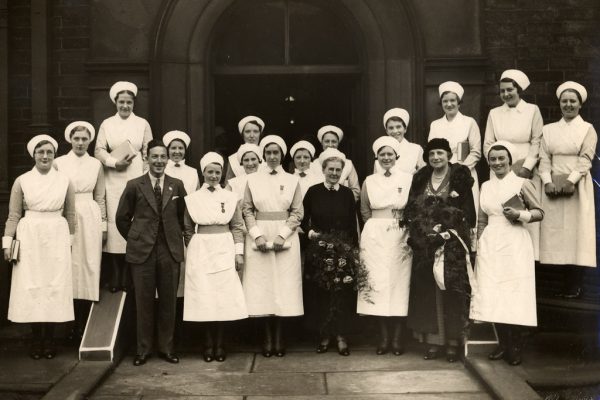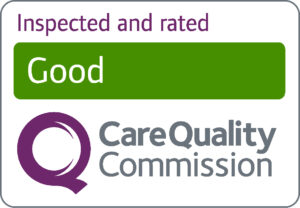There have been many changes at Bradford Teaching Hospitals over the last century and more, but our roots still firmly lie in the heart of West Yorkshire. Delve deeper into our long and distinguished history below.
Timeline:
- April 1825: Bradford Dispensary founded. During its first year, the dispensary’s trustees congratulated themselves on being able to bring medical relief to many in need during a period of political unrest when an abnormal number of Bradford families were left destitute and deprived
- 1826: A four-bed ward is built at the dispensary and reserved for patients needing operations or those who require in-house treatment
- 1827: A new dispensary building is built in Darley Street, Bradford at a cost of £3,500
- 1833: The dispensary’s annual report states that thanks to “increased annual subscriptions and liberal donations” up to 12 beds will be installed and the dispensary will become known as Bradford Infirmary
- 1843: The new Bradford Infirmary officially opens for outpatients at Westgate, Bradford
- 1848: Surgeon Edward Casson becomes the first to operate on a patient in Bradford using a new wonder drug – chloroform






